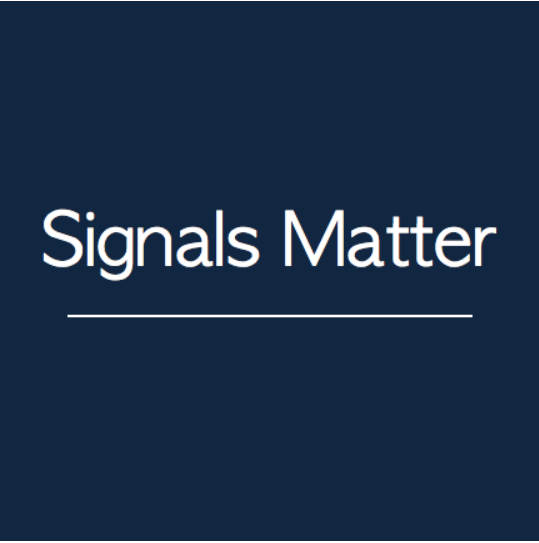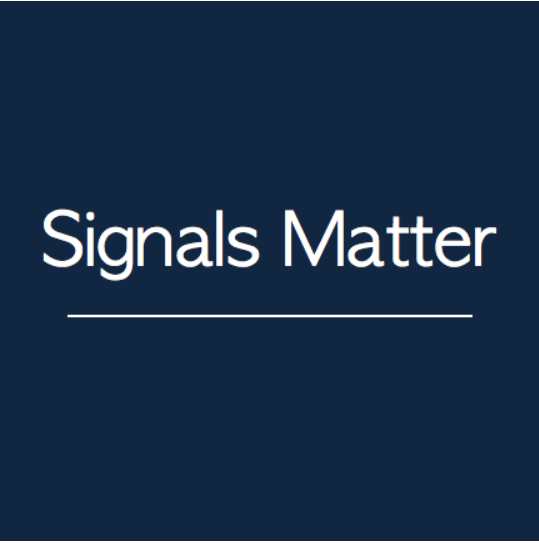
Signals Matters News Letter: The Signals THAT Matter
Broadly, the core and timeless principles behind the infrastructure of Signals Matter Portfolio Construction are carefully discussed here and here.
As for WHAT’S HAPPENING NOW…
As military headlines spread from the Ukraine to Israel, questions of military spending, and hence bond market pressures, are rising. Although bonds rise on fear, the number/supply of newer bonds will create future price pressure. How can US support for its allies be afforded when problems (and hence more UST issuance) at home are already squeezing an economy marked by lay-offs, bankruptcies and unresolved inflationary challenges? With US public debt already passing $33T, and with trillions of more USTs to be issued into year-end and into 2024, these are not easy questions or figures with any easy solutions.
Recessionary conversations remain debated, though based on yield curves, YoY M2 shrinkage, and the Conference Board of Leading Indicators, the US is already in recession and has been for some time. Currently, a four-month T-Bill is yielding 5.5% for short-duration risk, whereas the once admired “risk free rated” 10-Year UST is rewarding longer-term bond buyers with lower, 4.7% yields. Thirty-year bond holders receive just 4.9%, which is, again, less yield for 10- and 30-year bond holders than for 4-month holders. That is inversion, and it has markets worried.
Meanwhile, and at least according to the BLS, current US CPI inflation is floating at 3.7%, which at least suggests that investors across the yield curve are beating inflation in terms of positive real rates. Many attribute this slow victory over inflation to Powell’s hawkish rate-hike policies, reminiscent of Paul Volcker. But if Powell wants to compare himself to Volcker, should not the BLS use the same scale that Volcker used in the 1980’s to measure that inflation? If so, then actual inflation today would be 11.5%, not 3.7%, which raises the question: Is the Fed “data dependent” or just “data manipulative”? In sum, it seems that honest inflation reporting would suggest that we are in deeply negative-real rate territory, which explains why gold has been the true “resilient asset” despite a strong USD and reportedly “falling” (?) CPI print.

The Latest US Bond Signals:
As per above, the US bond market is facing an historic mis-match is UST supply and demand. As a fractured DC battles among themselves as well as with twin deficits, few are noticing the approaching wave of trillions in more UST issuance, all of which over-supply creates a decline in bond prices. Adding insult to injury, Powell’s “higher-for-longer” stance adds additional and downward pressure on bond prices. Of course, as bond prices fall, bond yields, and hence interest rates, rise, which in turn equals a rise in the cost of debt. This means the Fed is literally making your and Uncle Sam’s IOUs more expensive. Eventually, money will have to be created out of thin air to cover DC’s interest expense on these IOUs, which ironically marks that moment of “Fiscal Dominance” wherein Powell’s “war on inflation” is actually a key cause of more inflation.
The Latest US Stock Signals:
For well over a decade, stocks have been rising on low rates and easy money –i.e., “QE.” But given that we are now in a setting of higher rates and tight money, the cause-and-effect on stocks is not hard to see. Easy money is a stock tailwind; expensive money is a headwind. The days of stock-buy-backs and cheap credit “extend-and-pretend” debt refinancing on the S&P etc. are over. Rising credit cost cripple stock momentum. Furthermore, the S&P 500 is little more than 7 mega-cap names, collectively up over 90% in 2023, yet the over-all S&P has only reached 12% as a collective (which, by the way, doesn’t cover last year’s 15% losses…). In short, and taken as a whole, the entire S&P is effectively losing money but for 7 names, and even some those companies are projecting lay-offs.
Other Key Market Signals:

Asian markets have been experiencing noticeable sell-offs as the Yen falls precipitously against the USD. Concerns out of the Middle East have global stocks falling and bonds rising, along with gold. In short, the macro risks are increasing as “risk off” positions in oil and the USD lead while stocks and bonds lag across the global stage.
Even More
For greater detail on the signals we track, including proprietary recession/” storm tracker” indicators, cash positions and, of course, specific portfolio allocations tailored to individual risk profiles, Signals Matter invites you to become a member here.
Signals Matter Market Reports generally reflect the company’s long-term macro views and are posted free of charge each week at www.SignalsMatter.com, on LinkedIn, and directly to your inbox by Signing Up Here. Our Portfolio Solutions are generally geared to shorter timeframes, may therefore differ from our longer-term perspectives, and are available to Subscribers that Join Here. For three ways to engage with us, please click: 3 Ways to Engage.




